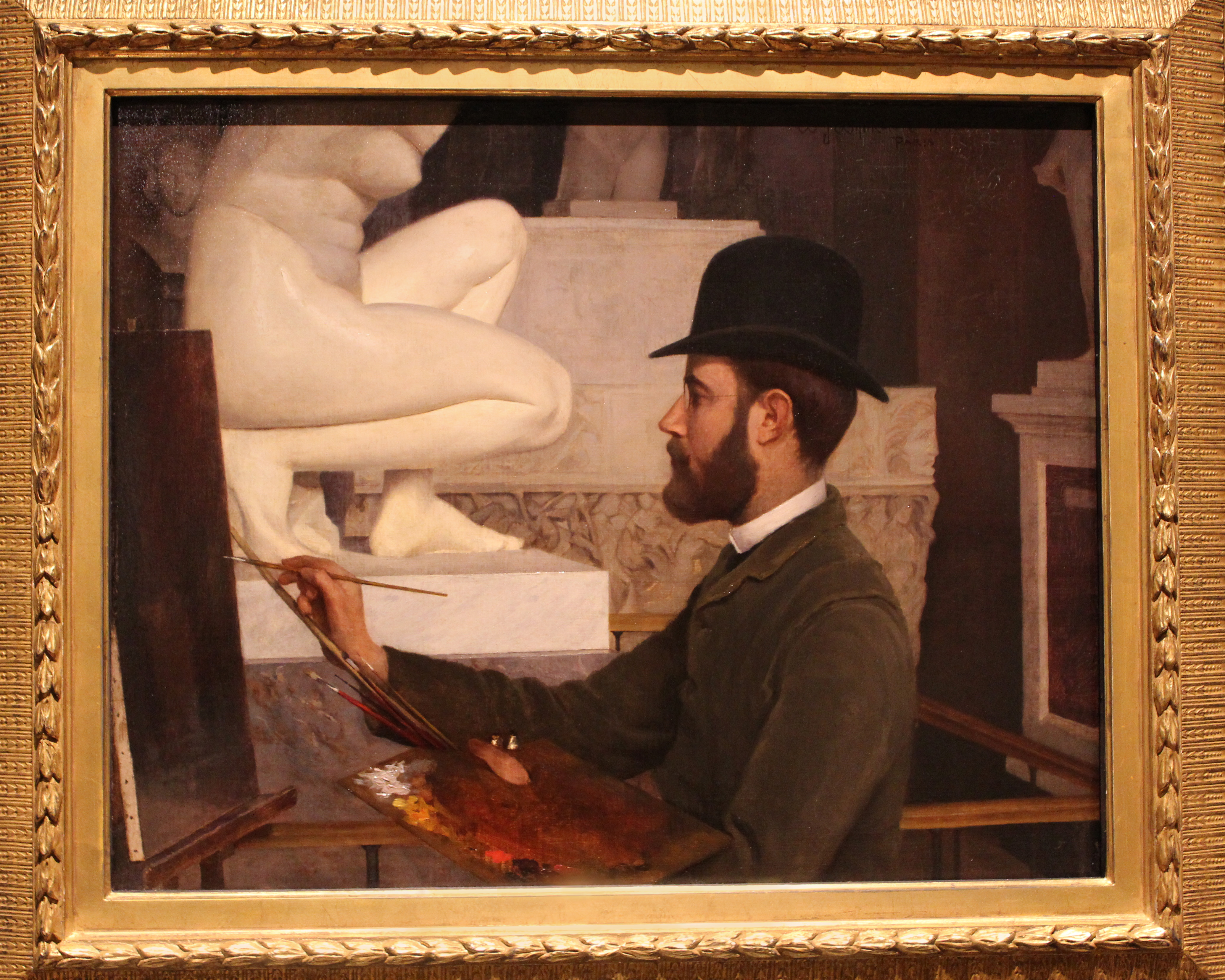
Wednesday, May 1, 2019
A Visit to Dayton Art Institute
7:24am
 Mimi and Stuart Rose Auditorium, featuring a Skinner pipe organ that was installed when the museum was built in 1929 |
 Matt Dierking from the Dayton Chapter of the American Guild of Organists |
It was lovely to sit there, listen and rest my sore feet!
I found some new additions for my various photo galleries.
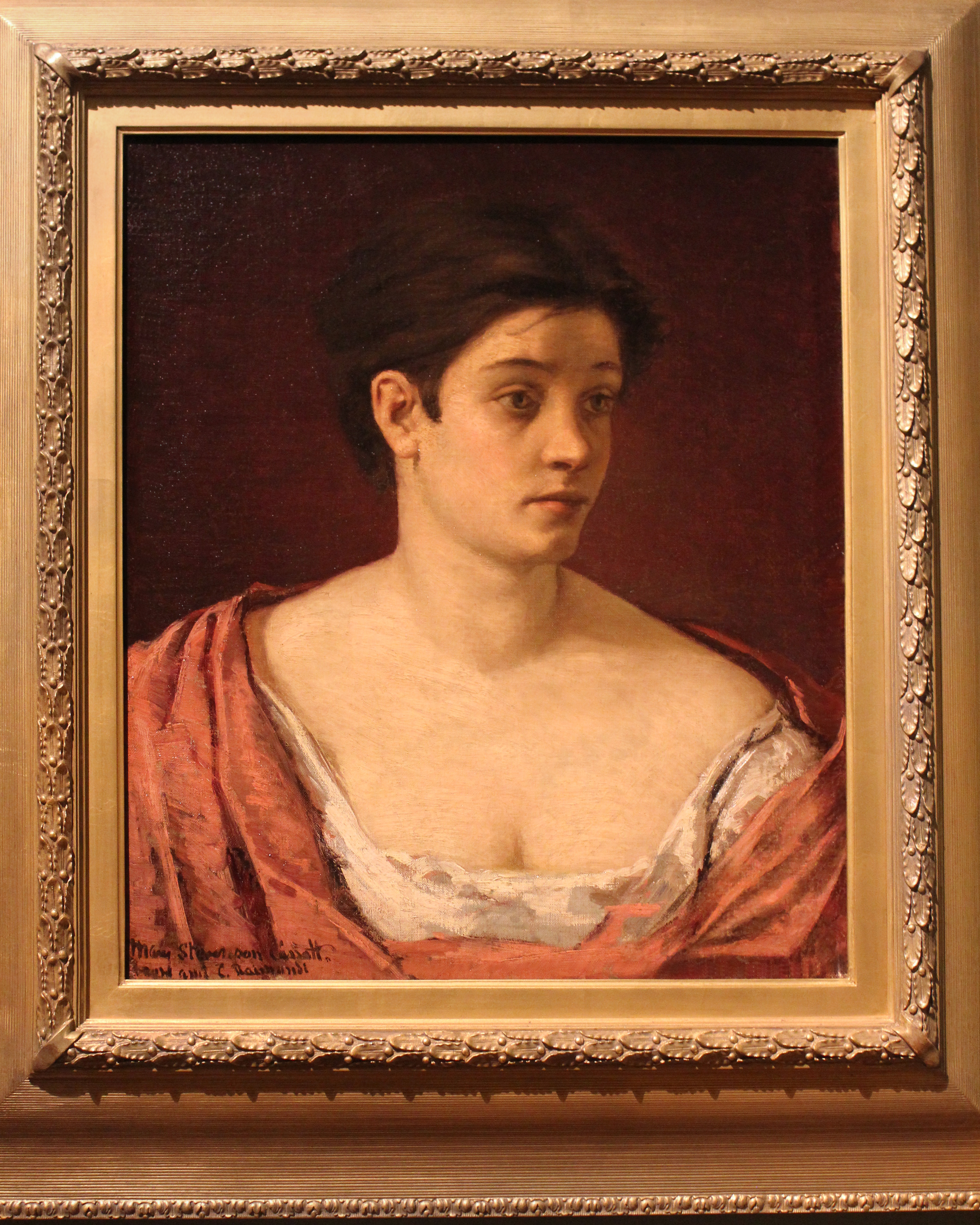 Portrait of a Woman, 1872 Mary Cassatt, American, 1844-1926 Oil on canvas Signed lower left: "Mary Stevenson Cassatt" Gift of Mr. Robert Badenhop, Dayton Art Institute #1955.67 |
(From info card)
"This portrait by Mary Cassatt reflects the influence of Italian Baroque painting on her early work, such as the golden light, earthy color paletter, and the figure's robust proportions. Painted while studying art in Parma, Italy, the style differs from her later Japanese-print inspired work, in which the forms are more linear and the space in which they appear becomes more flattened. The woman in this early work is volumetric. Cassatt carefully articulates the fullness of the woman's body and the gentle slope of her shoulders. Throughout Cassatt's artistic career, she depicted women and children affectionately and compassionately."
Rodin did a hand study that I rather suspect this piece inspired the Addam's family "Thing"![]()
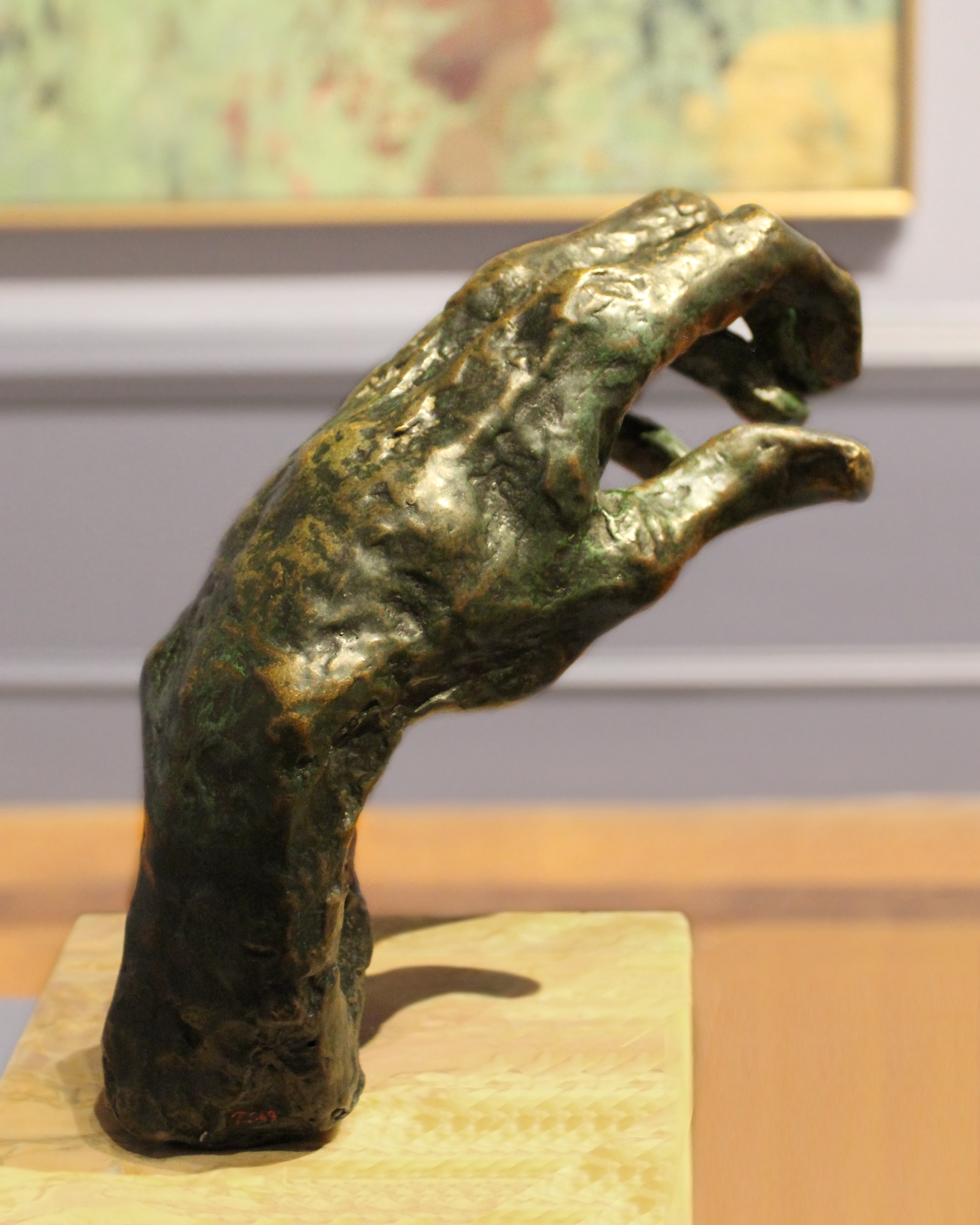 Hand of a Burgher of Calais, 1884-1886 Auguste Rodin, French, 1840-1917 Bronze with green patina Museum purchase with funds provides by The Committee for the Blind, Dayton Art Institute #1971.263 |
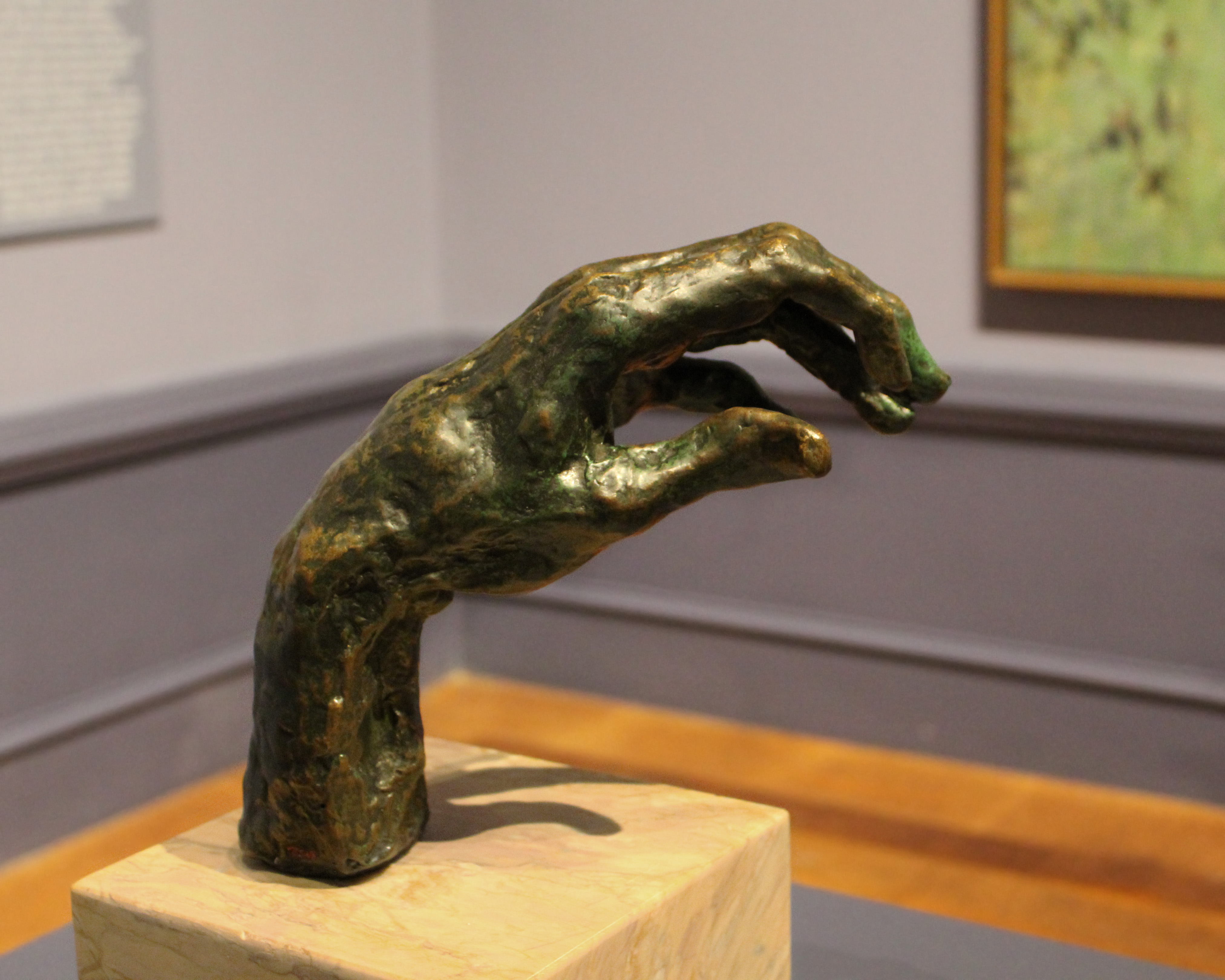
"Perhaps the most widely acclaimed European sculptor of the 19th century, Rodin's style was so revolutionary and so life-like that he was frequently, albeit unjustly, accused of casting directly from live models. This over life-sized study of a hand is one of dozens he made in preparation for a monumental commission for the city of Calais, France. The finished work memorializes six leading citizens of Burghers who surrendered themselves to English invaders in order to spare their city further assault during the Hundred Years' War (1337-1453)." (From info card) He also did a head study for his sculpture of Balzac. |

|
 Photos ©Joan Ann Lansberry 2019 |
I was delighted to add a Monet to my collection!
For America: Paintings from the National Academy of Design features many portraits and there's a reason for this. In addition to donating one of their paintings, members of the Academy also had to submit a portrait of themselves which could either have been painted by their own hand or by another artist.
John Singer Sargent did a portrait of Claude Monet, the artist that painted the waterlilies:
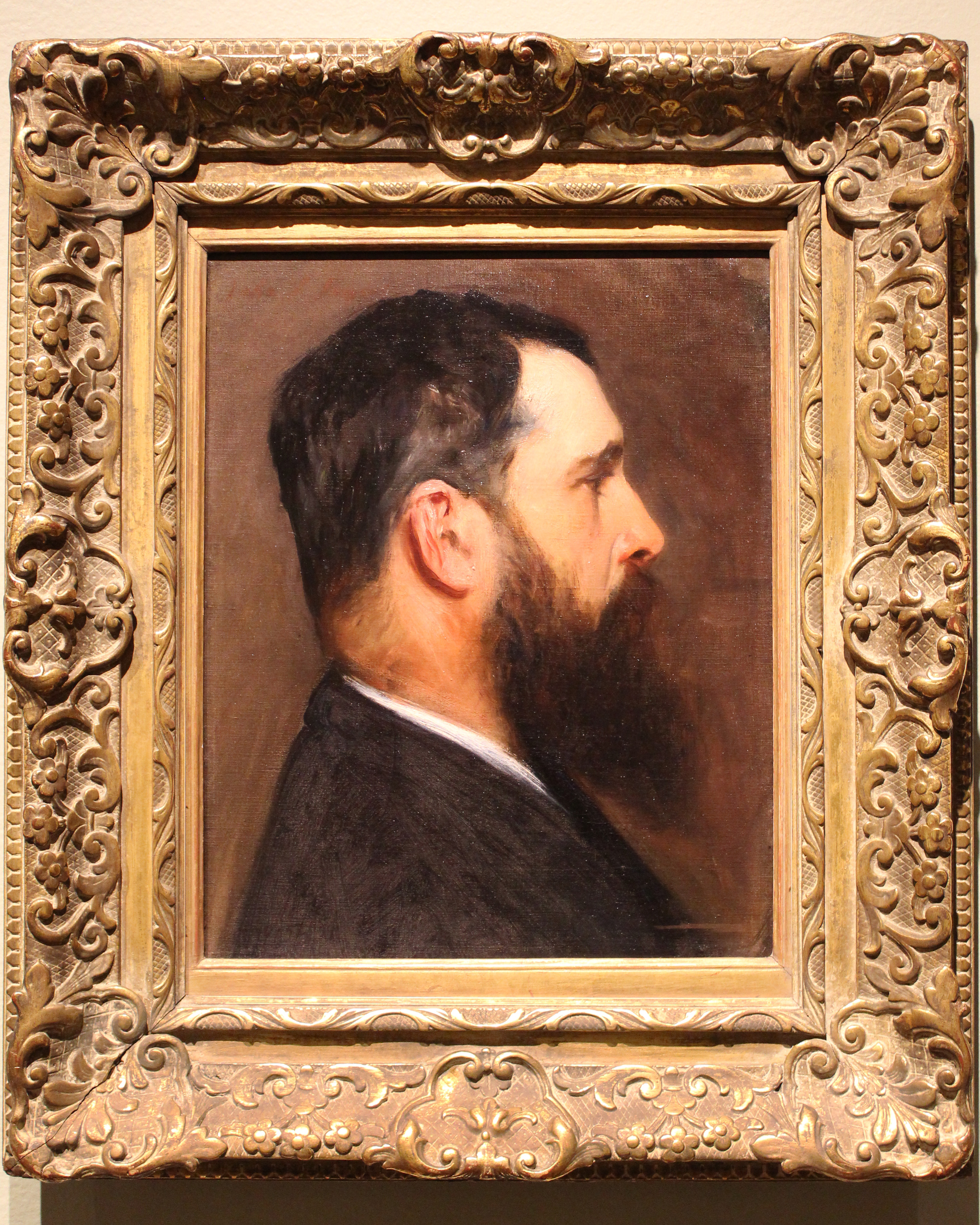 Claude Monet, 1987 John Singer Sargent, Florence, Italy 1856 - 1925 London, England Oil on canvas National Academy diploma presentation, October 25, 1897
|



